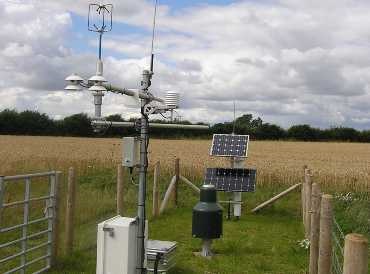UKCEH has experience in designing, developing and evaluating monitoring and observation sites, programmes and networks, both nationally and internationally. Our expertise in this area encompasses:
- Assessing stakeholder needs
- Specifying, procuring and testing instruments
- Designing, installing and maintaining monitoring stations and networks
- Ensuring compliance with international monitoring and equipment standards
- Advancing innovative monitoring sensors and solutions
- Developing operating protocols, risk assessment and maintenance guidelines.

